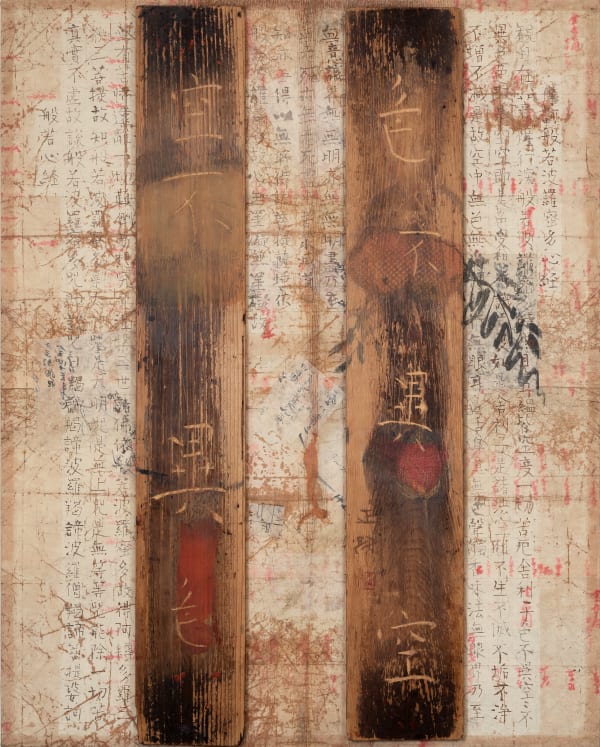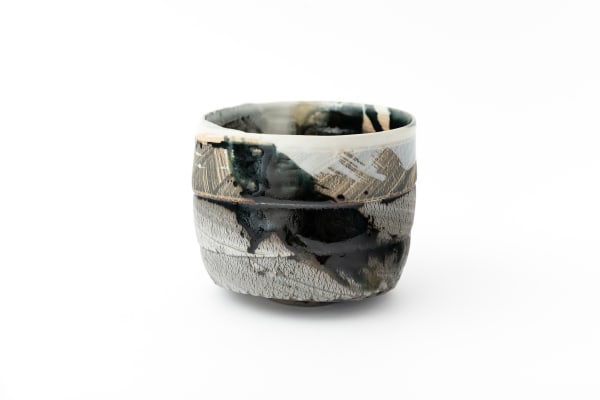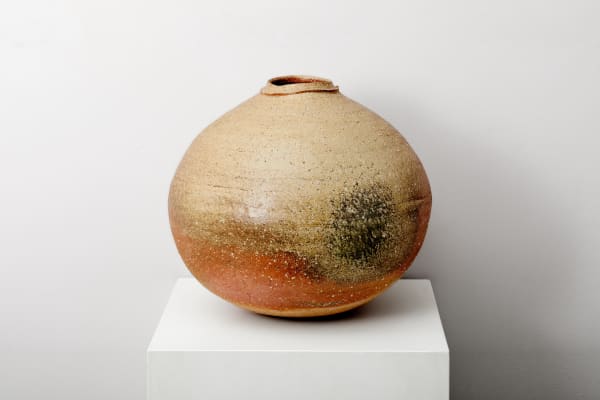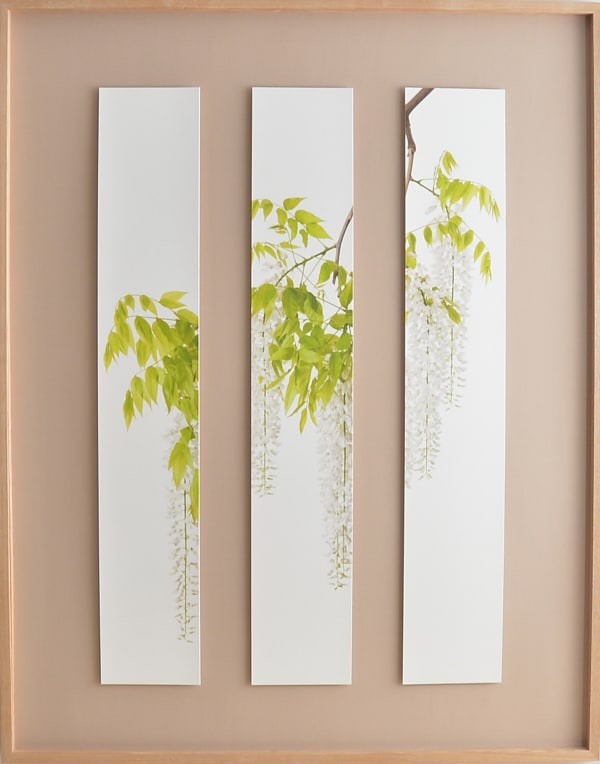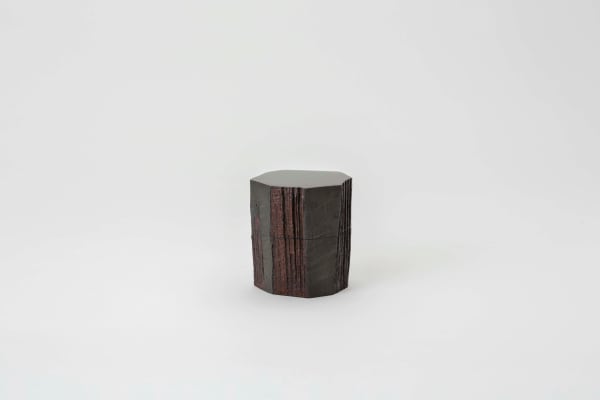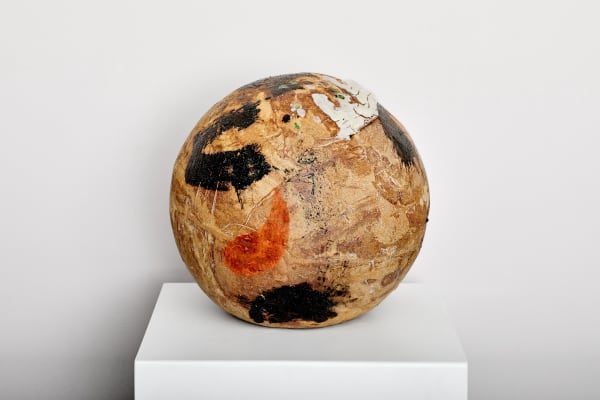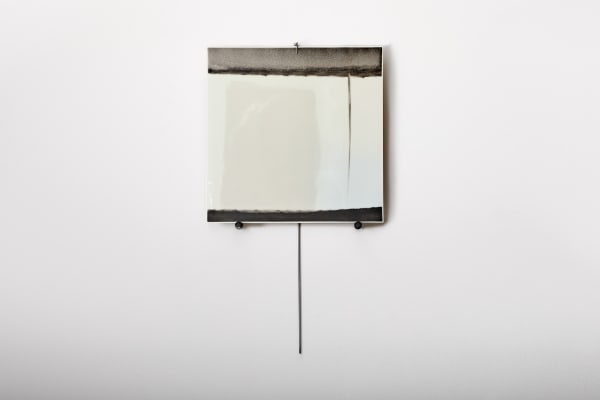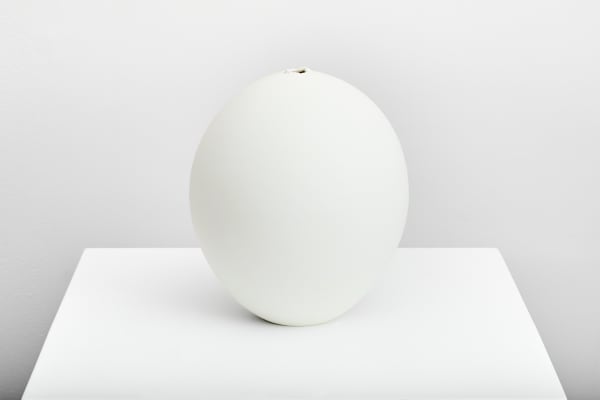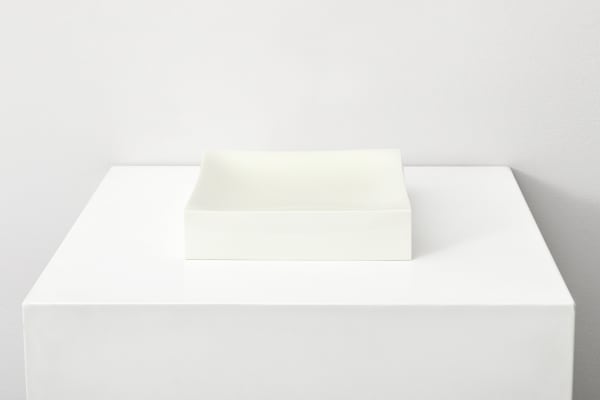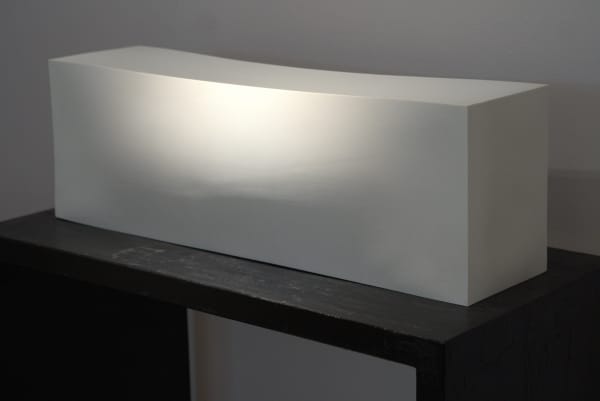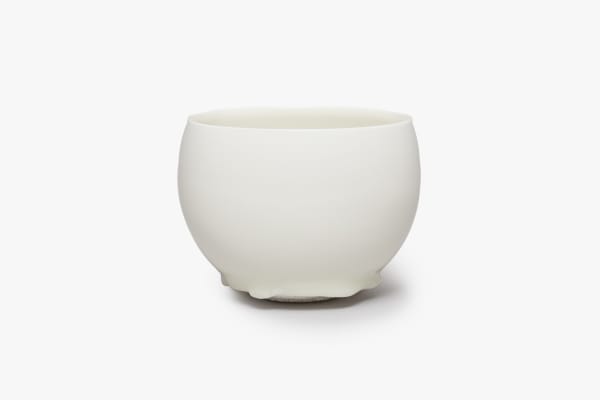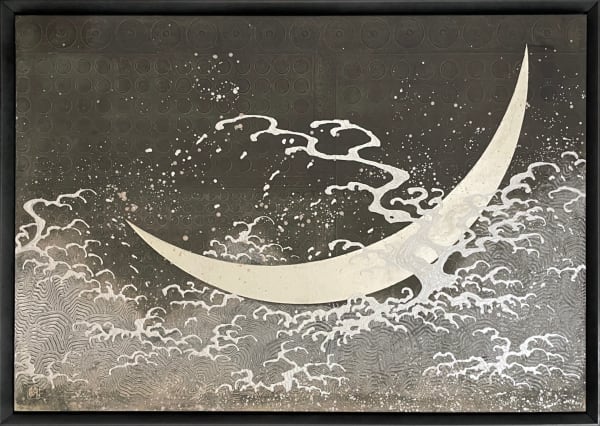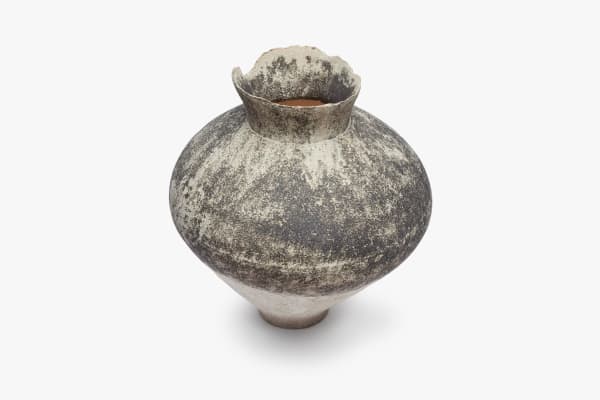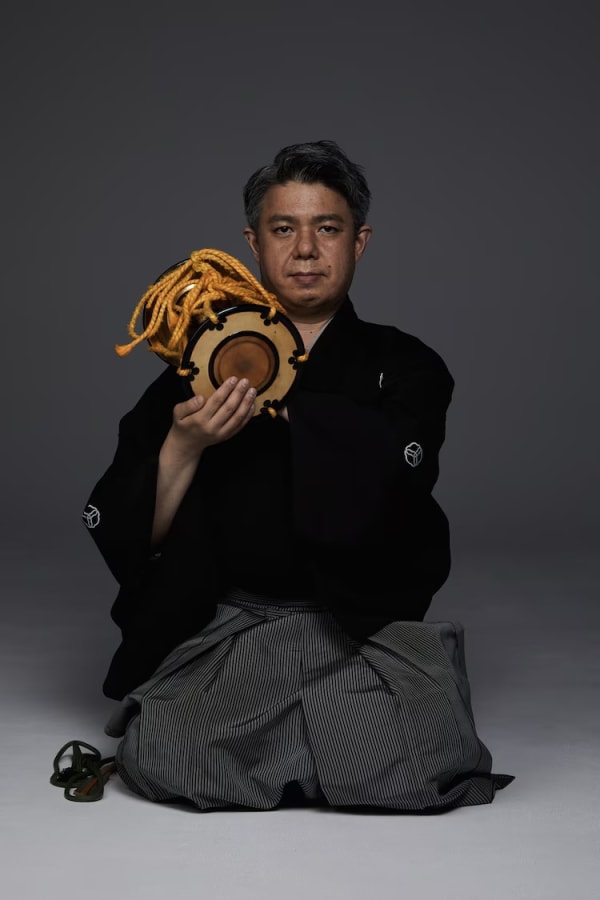Craft Garden: Landscape of Japanese Art
-
Overview
Exhibition opens Thursday, May 15, 2025
Ippodo Gallery is pleased to present Craft Garden: Landscape of Japanese Art featuring around twenty living artists who envision the philosophy of the Japanese garden in ceramics, lacquer, bamboo & plant fibers, glass, metal, wood, and painting on view from May 15 to June 28, 2025.
The garden is a place to discover the fundamental attitude of coexistence between nature and humans that has come to define the resilient yet harmonious Japanese lifestyle.
- Opening Reception at 35 N Moore Street, TriBeCa: May 15, 5–8 PM
- Private viewing by appointment only.
-
Works
-
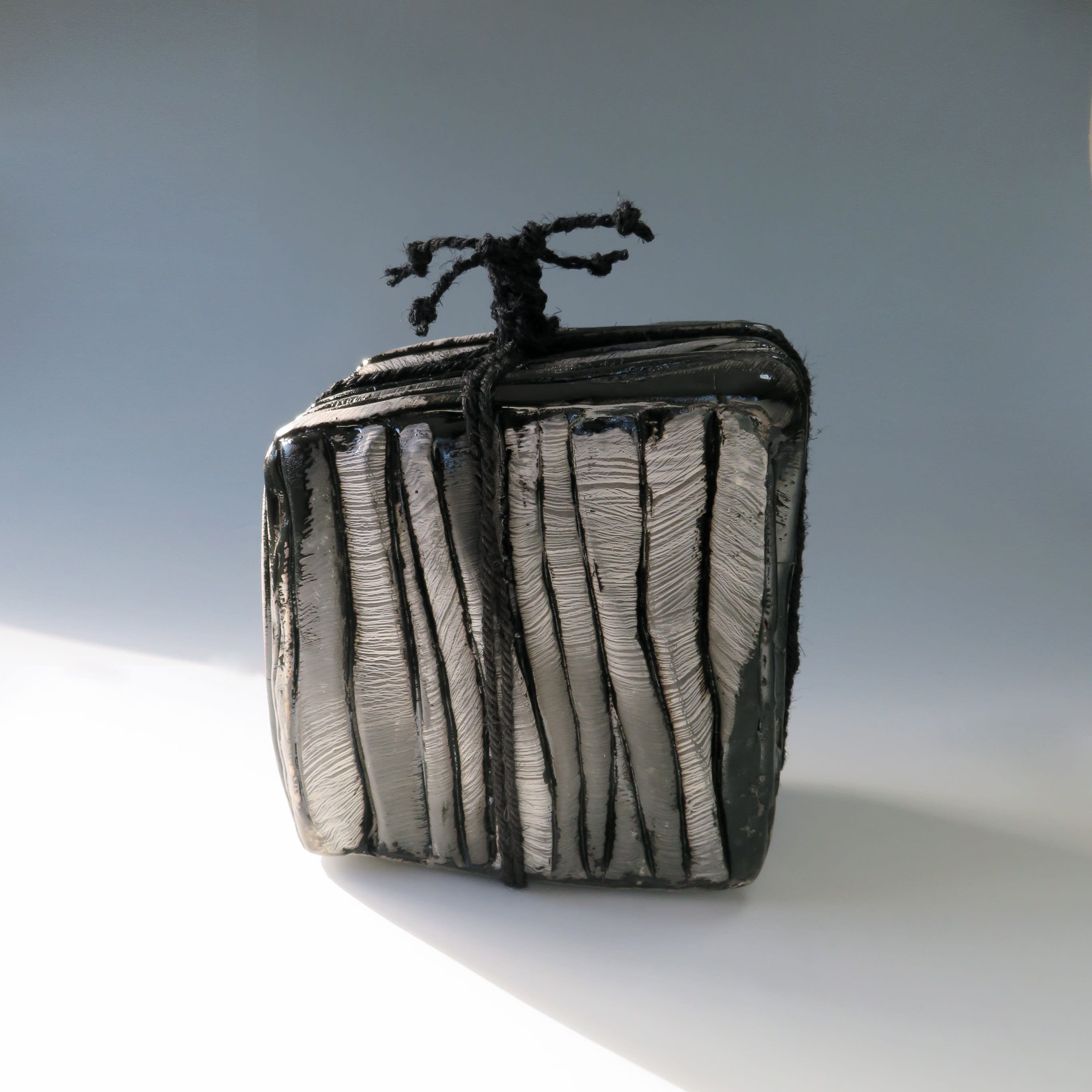
New York, NY — Ippodo Gallery is pleased to present Craft Garden: Landscape of Japanese Art featuring around twenty living artists who envision the philosophy of the Japanese garden in ceramics, lacquer, bamboo & plant fibers, glass, metal, wood, and painting. The exhibition opening reception at the TriBeCa gallery is May 15 from 5–8PM, and the show will remain on view until June 28, 2025.
The Japanese garden, amongst the pond, trees, rocks, and moss, is a place to discover the fundamental attitude of coexistence between nature and humans. In the face of common natural disasters, this relationship defines the harmonious, yet resilient, Japanese lifestyle. Classical architecture such as the sitting veranda engawa connects inside and outside spaces. There is a closeness to nature; at a low viewing angle, aromas are most fragrant, shadows create beautiful vignettes, and sounds of the river current are peaceful. From this vantage, the sensory experience draws focus to craftsmanship where a glaze holds an entire cosmos.
The passage of time and change of the four seasons transpire with imperfection. A unique character emerges with appreciation for decay, weathering, asymmetry, or the ‘kiln-effect.’ The inextricable link between fine art craft and the garden is articulated as the transient wabi-sabi aesthetic; these artists exemplify this through different approaches.
Hiromi Itabashi’s uniquely minimalist expression of Zen ‘nothingness’ brings to the surface a spirit from within the ceramic. Agnes Husz strips clay to its raw materiality; stretching the slabs out into belts like the obi sash. From the series chosen as a 2025 LOEWE Craft Prize finalist, “Tomeishi” Stop-Stone acts as a marker delineating where the relationship between environment and human crosses into the sacred. Kenta Hirai—trained in technique by Irish woodworker Joseph Walsh—bends Yoshino cedar wood into a streamlined form without need for joinery; the organic qualities and colors of the Nara-native tree remain pristine. Hafu Matsumoto uses the natural warp and grain of the bamboo for his noshitake technique; cut strips are bent and rubbed into the basket shape with hot water. Brothers Yui and Kai Tsujimura contribute the beauty of Japan’s most traditional Shigaraki and Iga kiln styles; the bounty of the mountainside is embedded within the local origins of clay, ash, and firewood. Takashi Tomo-oka gives order to the chaos contained in a single organism teeming with life; bug bites, withered petals, and new blooms are captured in a pure state. Shigeru Uchida’s ‘Ji-an’ Teahouse of woven bamboo serves as an anchor that gives purpose to the garden. Ippodo Gallery welcomes you to experience the unique cultural viewpoint of today’s master craftsmanship.
-
Director's Letter
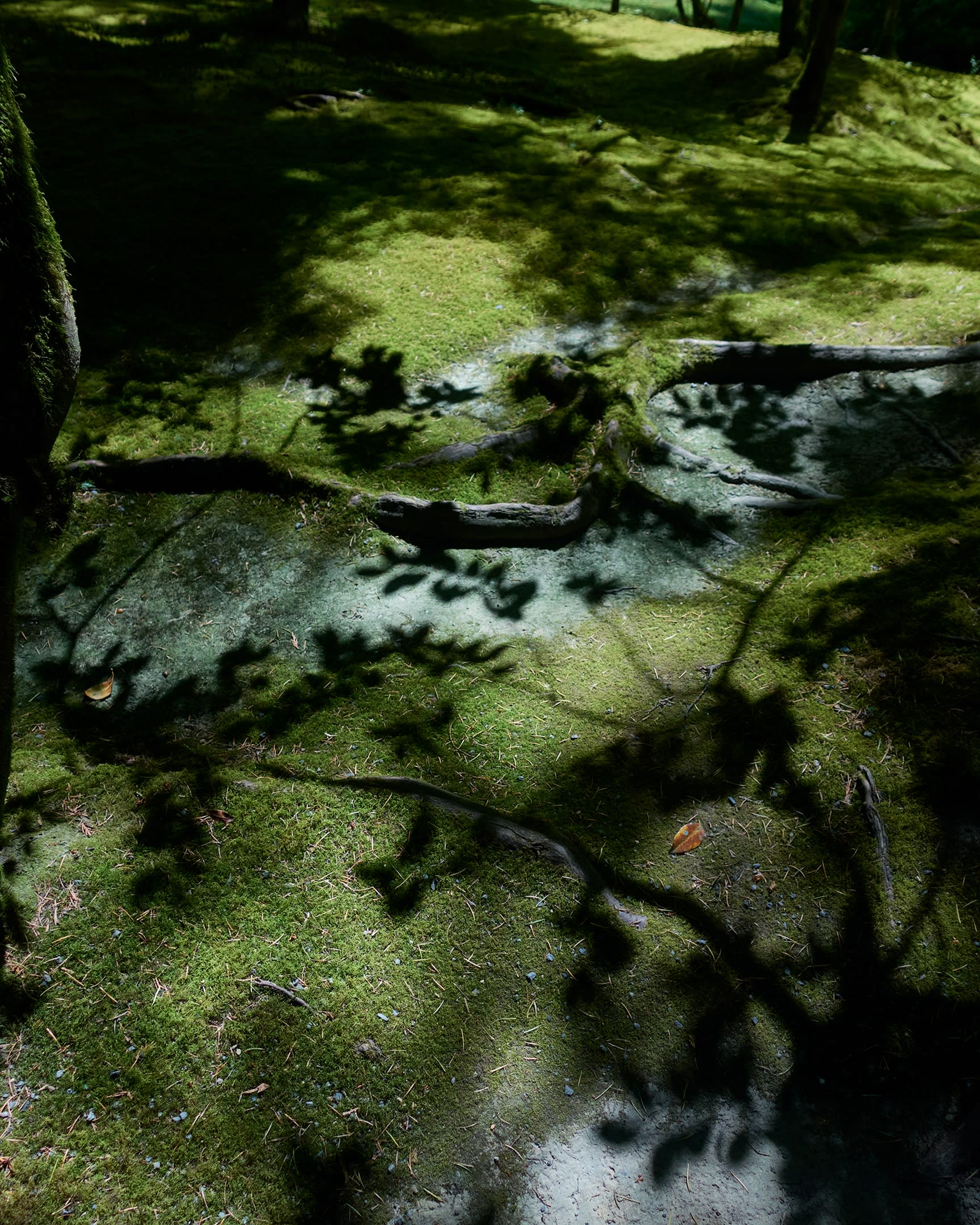
Being in Nature
– Shoko Aono, 2025
Surrounded on all sides by the sea and with two thirds of its land covered by forests, the Japanese archipelago is one with the natural world. Since ancient times, the Japanese have believed in the concept of animism, which holds that the gods (kami) reside in everything in the cosmos. Nature is not to be mastered like a tool; rather, it should be revered. This sense that humans are an inseparable part of nature remains the foundation of all Japanese culture, arts and crafts, thought, and belief.In Japanese gardens, the method of shakkei (borrowed scenery) incorporates distant landscapes, such as mountains, into the garden itself. There is also shukukei, where mounds and ponds are sculpted to create miniature versions of the real-world scenery. In karesansui (dry landscape gardens), rocks are placed on gravel, symbolizing the universe. The surface of the pond reflects autumn foliage, creating suikei (water scenery). This rich “plane” is interspersed with “lines” made up of streams, the hedges that frame the landscape, and the bridge over the island floating in the pond. “Dots,” such as stepping stones, lanterns, and wash basins are scattered throughout. There are no artificial straight lines or geometric shapes to be seen. The asymmetry of the garden provides a free and expansive field of vision. By placing oneself in such a garden, one experiences order within chaos — a rare moment of returning to nature which resembles a kind of paradise.Traditional Japanese architecture, made of wood, earth, and paper, features the engawa - a wooden passageway extending along the edge of a building. Sitting there and gazing at the garden was once a daily activity for Japanese people. It is a space that is neither inside nor outside - an ambiguous boundary that both separates and connects. The garden, seen from this open and low vantage point, is experienced with all five senses: the sparkle of morning dew, the plushness of moss, the sound of fragrant wind passing through trees. When in a tea house, the green of the matcha in one's bowl is the color of the earth itself.
Ippodo Gallery NY brings together works across all genres by contemporary artists in an exhibition that highlights the Japanese view of nature in a landscape of art.
In a world not centered around oneself, time flows slowly. Each fleeting moment is eternal and complete - we invite you to feel this through each of the works on display.
-
Video
-
Installation Shots
-
Events













